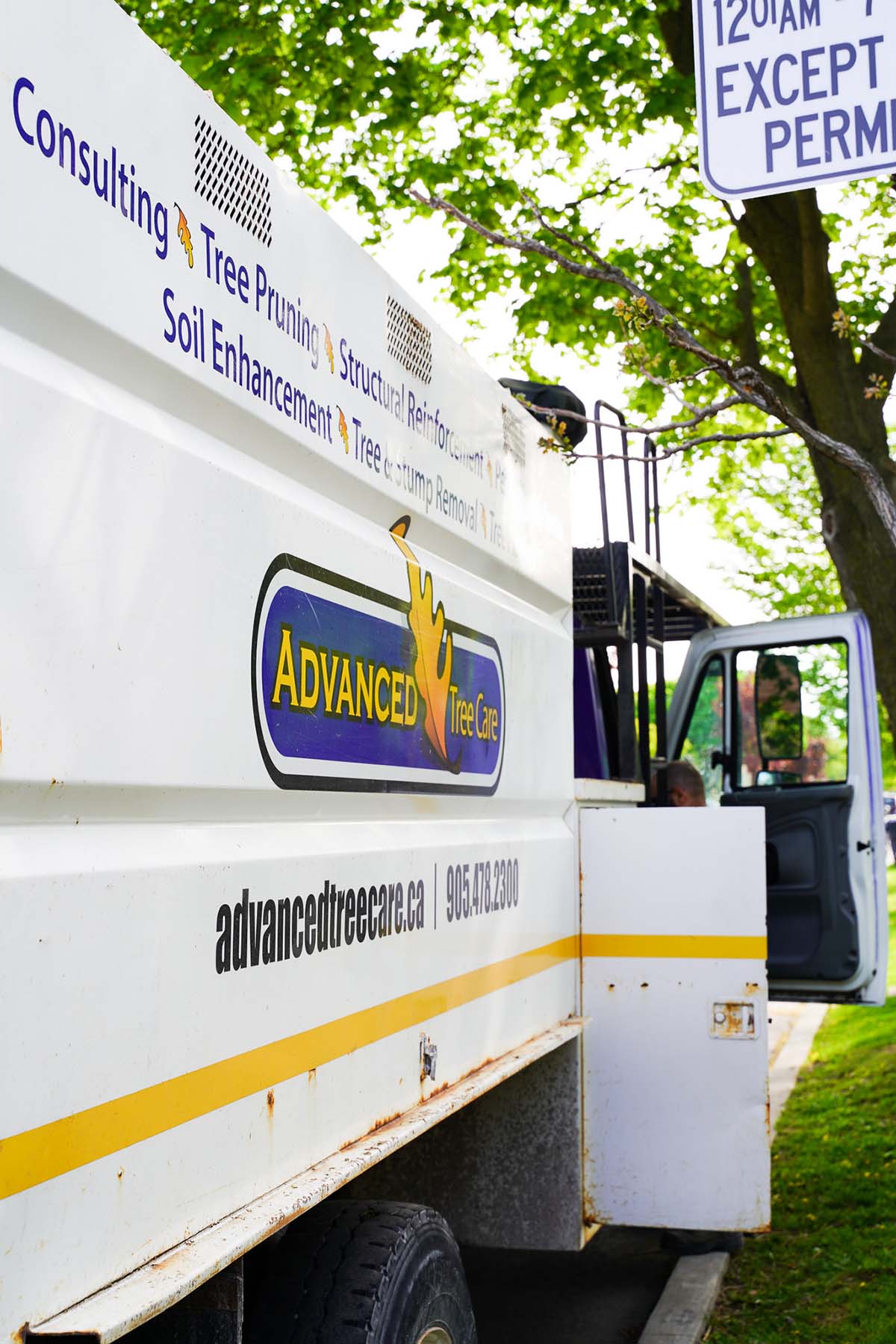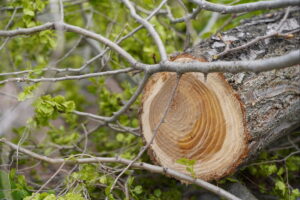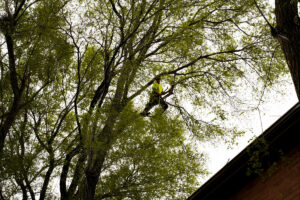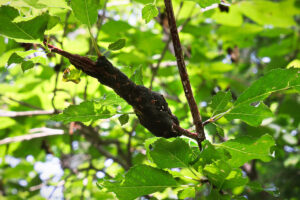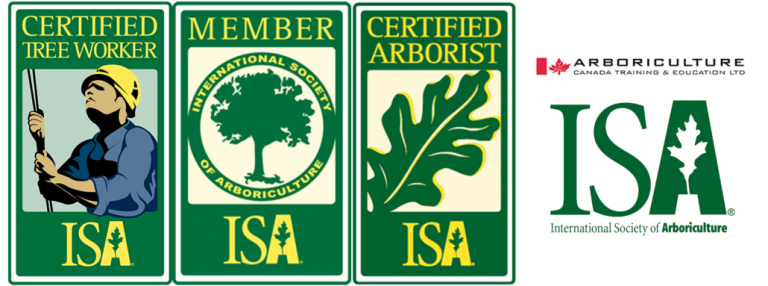Tree removal is a big job. If you live in an Ontario town or city, it also involves some crucial paperwork. Like most serious work on your property, tree removal typically requires obtaining a permit from your municipality. If you remove, injure, or destroy a tree without proper legal permission, you can face serious fines. Here’s everything you need to know about why, when, what you need to apply for tree removal permits, as well as what to do when you have an emergency with a tree.
Why do you need tree removal permits?
Trees are an important part of your property as well as a community. They keep an area beautiful, provide homes for wildlife, improve soil and water conservation, and remove air pollution. Their canopies provide shade, which helps regulate temperatures in an area by preventing the sun’s hot rays from reaching the heat-retaining asphalt, concrete, and metal of urban environments. That shade keeps the outdoors more enjoyable and reduces energy costs, while also keeping things bright and reducing serious health risks from high temperatures. Trees also grow slowly, and large ones are difficult to transplant. This makes replacement costly in time and money. As a result of all of this, most communities now have bylaws that protect large trees from unnecessary removal.
When do you need to apply for a tree removal permit?
The specifics of tree removal, tree injury, or tree destruction permits differ according to the specific bylaws of each community. If you live in Toronto and the GTA, Aurora, Markham, Newmarket, Richmond Hill, or Vaughan, be sure to check out our specific pages for obtaining permits there. Overall, there are some general commonalities about when you need to apply for a permit. Typically, smaller trees can be removed freely without the need for a permit. However, once a tree becomes established and has a certain diameter, a permit is necessary. This is often about 20cm at 1.4m above ground, but for the GTA it is significantly larger at 30cm. (Check your local bylaws!).
Permit to Injure a Tree
In most communities you don’t just need a permit for tree removal but also for what is often called “tree injury.” To injure a tree usually refers to extensive damage to a tree which could cause death. However, many communities also define extensive pruning, (e.g. 30% of the canopy) as “tree injury.” Regular pruning is often less intensive, and such injury is often to remove major branches that might be hazardous to nearby property or structures. Thus, when planning for such extensive pruning ask your community or a certified arborist whether you will need a permit.
What You Need for a Tree Removal Permit
When you determine you need a tree removal or injury permit, you will need a few things for the permit application. First is the application form itself. Go to your local municipality website to find this. Some offer online forms and submission, while others require the form to be emailed or even submitted in-person. These applications typically include a fee and require information about your tree and property along with the reason for its removal. If for construction, the city or town might also ask for building and grading plans. One thing most communities will require as part of an application is a certified arborist’s report about the tree. Some communities require this in every application, while others will specify the report is needed for hazard trees. In either case, these reports provide the community with professional information about the tree, what its removal will entail, and, in the case of a hazard tree, how it is hazardous. These reports must be completed by an ISA certified arborist like those at Advanced Tree Care.
You Don’t Need a Permit for Emergency Removals
An important exception for when you don’t need a tree removal permit is emergency trees. An emergency tree is not a tree that may fail. An emergency tree is a tree which has or will imminently fail and requires immediately sending a crew to make it safe. Applications for tree permits can take a month or longer to approve, and emergency trees aren’t going to sit around and wait for the proper paperwork. In these cases, call a certified arborist immediately to address the emergency. If the tree was one that would have required a permit for its removal or injury during a non-emergency, you will need to notify the city or town immediately afterward. Many communities specify 48 or 72 hours! They will often also want pictures of the emergency as well as an arborist report to justify the tree’s removal or injury. If you fail to notify the city or town, you may face similar fines as those for illegal tree removal.
Get Your Tree Permit
Tree removal is rarely a first option, but when there’s a hazard, a tree has died, or you’re starting a new construction project on your property, it becomes necessary. Trees are also precious to communities, so with tree removals and injury, it’s much better to ask for permission than forgiveness. If you want help determining whether you need a permit, applying for one, or getting a report from a certified arborist, contact us at Advanced Tree Care. We are happy to help you through all steps of the process. If you want some more details about the permit requirements in your community, read more here.

